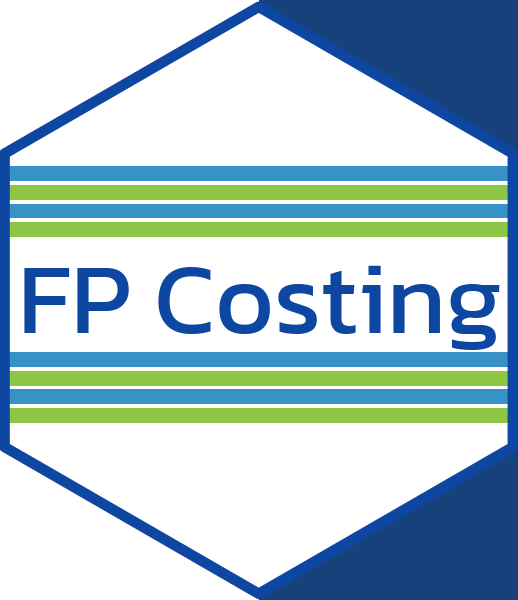
FP Costing 101 Training:
Costing and Economic Evaluation for Family Planning Programs



There are several types of economic evaluation methods, including cost-efficiency, cost-effectiveness, cost-utility, and benefit-cost analyses. These analyses all use the results of costing analyses and can be used to identify priority interventions or activities, as well as inform the budgeting and planning processes. It is helpful to understand the different types of economic evaluation, and what questions they help to answer, to determine which is the most appropriate to use for a costing activity.
Different types of economic evaluationThere are four types of economic evaluation. These are:
It is important to remember that costs will also vary along different dimensions. When conducting a costing exercise, it is crucial to consider each of the following dimensions:
Additionally, there are two related terms that are often used in economic evaluation that are important to understand:
While there are different types of economic evaluations, the steps to conduct an evaluation are essentially the same:

Since economic evaluations combine impact and cost data, an impact evaluation is ideally done at the same time as a costing study. This allows the cost and impact data to have similar characteristics, such as time period, location, population, etc.
The next module, Real World Applications of Costing and Family Planning, will discuss current applications of cost data for family planning programs.
NEXT